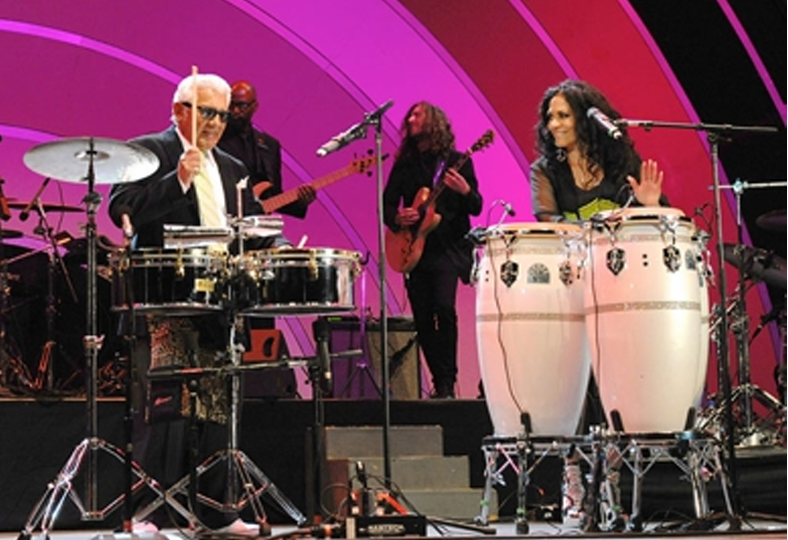Mark Alexander Dimond, baptised like Markolino by his colleagues at the time, was born in 1950 (1950-1986).
He was American and lived with his mother and older sister in the Lower East Side to the southest of the Big Apple.
His mother was a social worker from the New York City Welfare Department and his sister was a college student. Markolino always talked about his father. He said he was a black Cuban named Dimond, but none of his classmates and friends at the time knew him.

Mark studied some music as a child, but he was mainly self-taught. He could read music and write scores. He just had to listen to a song or touch the paper once to learn it forever. However, from his adolescent era, he was into drugs, particularly heroin.
While dealing with drugs, Markolino was unable to control himself. Andy Harlow told all of this, one of his friends since they began working together in his Sextet in 1966, thanks to the management of Ismael Miranda, neibor and Markolino’s friend.
Album: The Alexander Review.
Year: 1975
Label: VAYA Records
Catalog: # VS46
By the year 1975, Mark Alexander Dimond (Markolino) embarked on a musical project entitled “The Alexander Review”, accompanied by musicians such as Ray Maldonado, Eddie “Guagua” Rivera, Andy Harlow, and Barry Rogers.
In this album, Markolino writes and sings the songs in a production categorized under a musical genre called Funk/Soul & Funk-Disco.

The album apparently was not well accepted by music critics, but it shows us another musical facet of who is considered by many to be one of the best pianists from the phenomenon called salsa.
It should be recalled that Markolino does not come from a Latino home, so he was likely to be by non-Latin music such as Jazz, Funk/Soul, Disco, or perhaps Country Music in his childhood and early youth.
Someday, someplace it happened that Mark Alexander decided to venture into salsa music and how well he did so, becoming one of, if not the best salsa brava pianists with NYC’s sound.
Dimond was a gift given to the Latin music world, taken from the African American atmosphere and put to play with the greatest salsa luminaries.
Too bad he was a victim of personal decisions taken in his life, which caused him to leave this world at a very young age.
I only use one word to describe Mark Alexander. A “Genius” and a great gratitude for what he left us musically speaking, which is a treasure that we deeply appreciate to this day.
(Although this musical work was not very well accepted and created by Markolino for the Anglo public, I review him as a historical piece for this great pianist’s contribution to music), Markolino definitely never ceases to surprise us.
Credits
Backing Vocals – Alex Reyes, Fay Feller, Mark Alexander Dimond
Bass – Clyde Bullard, Eddie Rivera
Congas – Azzedin Weston
Drums – Buddy Williams
Engineer – Jon Fausty
Guitar – Jimmy Lopez
Piano, Clavinet, Synthesizer [Moog], Lead Vocals – Mark Alexander Dimond
Producer, Arranged By – Mark Alexander
Saxophone – Andy Harlow, Robin Kenyatta
Saxophone [Baritone] – Bill Marmando
Trombone – Barry Rogers, Bill Ohashi, Tom Malone
Trumpet – Danny Reyes, Ray Maldonado, Tom Malone
Written-By – M. Alexander













